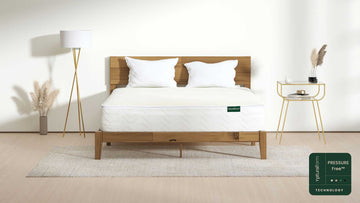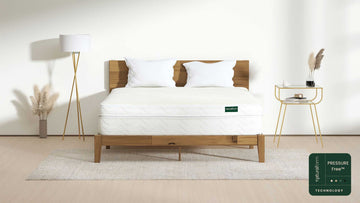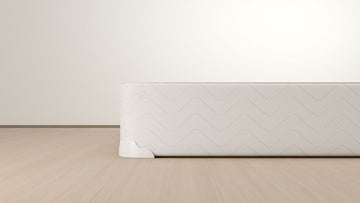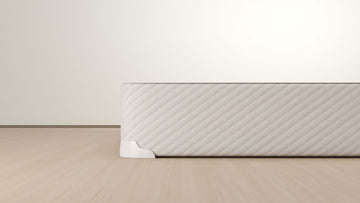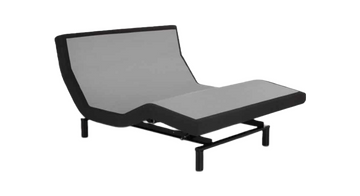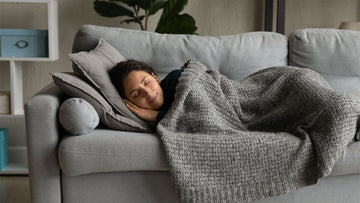Few things feel as promising as a midday nap to refresh your energy and lift the fog bogging you down. However, all of us who have taken a nap before know that, more often than not, you wake up from your nap feeling even worse, sometimes having slept for much longer than you planned to.
Naps are powerful tools to boost your brain function and help you power through the low-energy part of your day, but the key to seeing these benefits is to sleep for the correct amount of time. Sleeping for too long can cause you to feel lightheaded and drowsy upon waking, in addition to impacting your ability to fall asleep at night.
As with all things, it is possible to have too much of a good thing, but this guide can help you find that napping sweet spot to reap the benefits without feeling even worse in the end.
Benefits of Napping
Some of the benefits of napping include:
- mood boost
- reduction in daytime sleepiness
- improved concentration and cognitive performance
- reduced blood pressure
- improved short-term memory
- enhanced learning
Nap Types
There are three types of naps, each with its own benefits.
Power Nap
A common phrase tossed around, the power nap lasts only 15-20 minutes but provides increased alertness and better cognitive function. This type of nap is perfect for those who need a quick break before returning to work, or who are looking to feel energized.
Disco Nap
Lasting anywhere from 30 to 60 minutes, the disco nap helps you increase your creativity and problem-solving skills. If you’re in a rut or have hit a wall and cannot figure out a way around your problem, taking a disco nap might provide the creativity boost you need to remedy your problems.
Cycle Nap
The cycle nap is named as such because it lasts 90 minutes and is long enough for you to go through all five stages of sleep, or one sleep cycle. This offers both power and disco nap benefits, such as boosted alertness, cognitive function, and creativity.
Napping Vs. Sleeping
While naps are enjoyable and offer their own type of benefit, it is essential to remember that they will never replace a good night of quality sleep. This is because sleeping all night allows your body to regenerate, store memories, replenish protein, balance hormones, and repair muscle and tissue.
Still, a nap can help give you an energy and creativity boost throughout the day, so the key is ensuring you don’t nap so long that you disrupt your sleep at night.
How Long to Nap If You Slept Too Little the Night Before
We’ve all had it happen where we go to lay down for a quick nap after sleeping to little the night before, only to wake up hours later, unsure what day it even is. This is because sleeping for a longer amount of time, especially around that 2-hour mark, has you waking up in the middle of a sleep cycle, leaving you groggy and confused when you wake up.
Knowing this may make you think that the solution is to sleep for 3 hours since that would be two “cycle naps.” However, the problem with this is that a 3-hour nap can impact your ability to fall asleep at night, often causing insomnia.
Because of this, it is best to keep naps to a maximum of 90 minutes, no matter how sleep-deprived you feel or how little you slept the night before. The only time when this rule can be ignored is when you are sick or recovering from an injury or operation, as your body needs as much sleep as it can get to heal and feel better.
Additional Nap Tips
Time Matters
We’ve already discussed the importance of nap length, but what about the time of day we nap?
If you’re looking to take a nap but don’t want to interfere with your sleep at night, you will want your nap to be over by the time 3 o’clock rolls around. This is because napping too late in the afternoon can make it harder to fall asleep.
However, this is only true for some, with shift workers often having a different standard schedule, which means they can nap at different times and still sleep fine at night.
Create A Good Napping Environment
Just like you want a suitable environment for sleeping at night, you will want to do the same for napping to make the most of the minutes you spend asleep.
For your nap, find a dark and quiet place with few distractions that is a comfortable temperature. This will help you fall asleep quickly and stay asleep so you can get all the benefits of your mini-snooze.
Making The Most of Naps
While nighttime sleep is immensely important, there’s a reason why napping is a central part of many cultures around the world. With the ability to increase energy and boost creativity, napping can help you power through your day and maintain your productivity. However, the key is to do it right.
Naps should be, at most, 90 minutes, although shorter nap lengths still offer their own type of benefits. Additionally, naps should not occur too late in the afternoon, as that can mess with your ability to fall asleep at night.
So, the next time you’re feeling that afternoon slump, don’t feel like you need to fight that urge to crawl into bed too much because a nap might just be to reset your brain needs.
